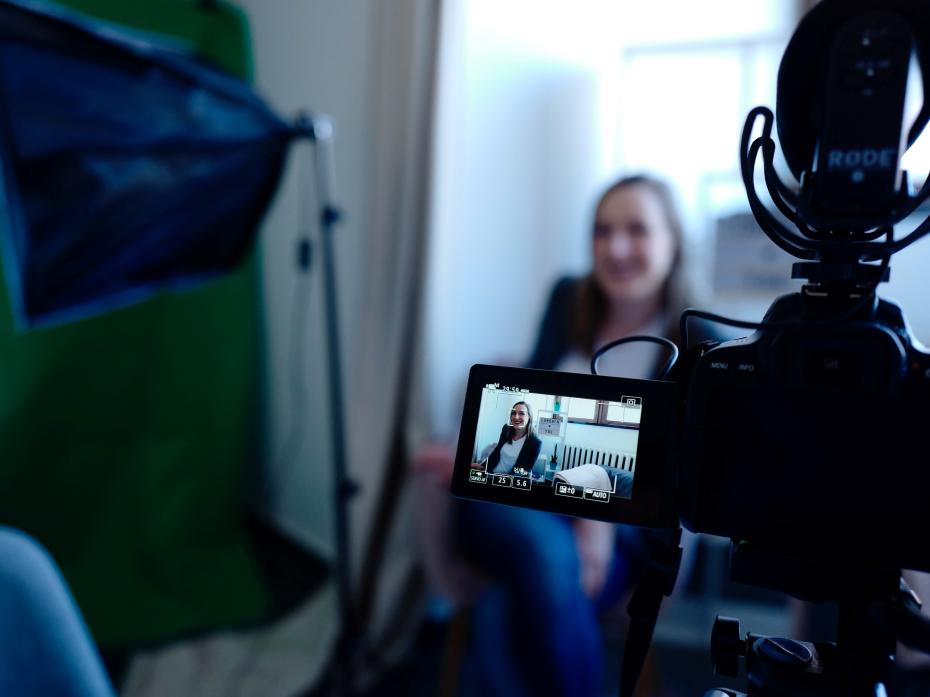
Bringing teaching and digital together: skills needed to teach online
Key Details
This video will cover:
00:43 Embracing failure as a vital part of the learning process
01:37 Letting digital tools guide the learning and encouraging experimentation
03:08 “Playing” with technology to see what works
Transcript
Hi, I’m Sean Michael Morris, the director of digital pedagogy lab and senior instructor of learning design and technology at the University of Colorado in Denver.
When I think about the digital skills that will enhance online teaching, I think first about the skills the teachers need, whether they’re online or on ground.
I think about the fact that a teacher must be able to stir conversation, to inspire and engage students and to improvise when things don’t go quite as we expect.
So I’d like to share four short little tips with you to kind of bring teaching and digital together.
First, decide that failure is a win. The digital is a space that changes dramatically from semester to semester, sometimes day to day.
New tools and new ways of operating, new operating systems, updates to new tools, they abound as quickly as we hit “refresh”. We must learn – and we must teach – discernment within the digital environment.
And since we cannot contain our students or face it ourselves on the internet, we must prepare them to fail now and then. To try tools that don’t work, to discover virality as an accident, to become overwhelmed from time to time, in order to struggle their way to understanding.
Failure is vitally important to all learning and especially digital learning.
Let tools guide the learning. Many teachers new to digital teaching insist on teaching content and not tools, and that’s all well and good – until our students hit the bricks of the real world and need to know how to use those digital tools in their lives.
Keep in mind that without people, digital tools are pretty much nothing, and they only become active when we put them in students’ hands. So, put them in students’ hands and see what happens next.
Allow students to figure out the tools, to break them, hack them, use them to their own purpose. Give them an iPad and let them make a movie. Give them Twitter and let them hold discussions. Hand them Wordpress and watch them form a company.
Letting tools guide the learning is letting students guide the learning.
Next, plant seeds and wait. Digital learning is sort of like learning in the wild.
At its best, it’s learning as learning happens in early childhood – spontaneous, reactive, experimental and full of discovery.
Traditional point A to point B pedagogy falls flat in so dynamic an environment. What’s needed is a point A to point 78 to point banana pedagogy.
To foster this kind of experimentation takes openness, kindness and patience. It’s improvisational and responsive pedagogy that succeeds best in digital learning.
Finally, get down on the floor and play. The internet has made us all students these days; don’t be afraid of this. When we spend so many years teaching, we get to where we think we know all of our stuff.
We know what works, we know how to teach Shakespeare and physics and biomechanics and business and philosophy, and we do. The digital won’t necessarily add to our knowledge, but it does ask us to reconsider our approach.
It offers options we never had before and makes even the most seasoned of us new teachers. So engage with it, play with it. Our hands should be as digitally dirty as our students’ hands. Have fun.
This video was produced by Sean Morris, the director of digital pedagogy lab and senior instructor of learning design and technology at the University of Colorado Denver.


